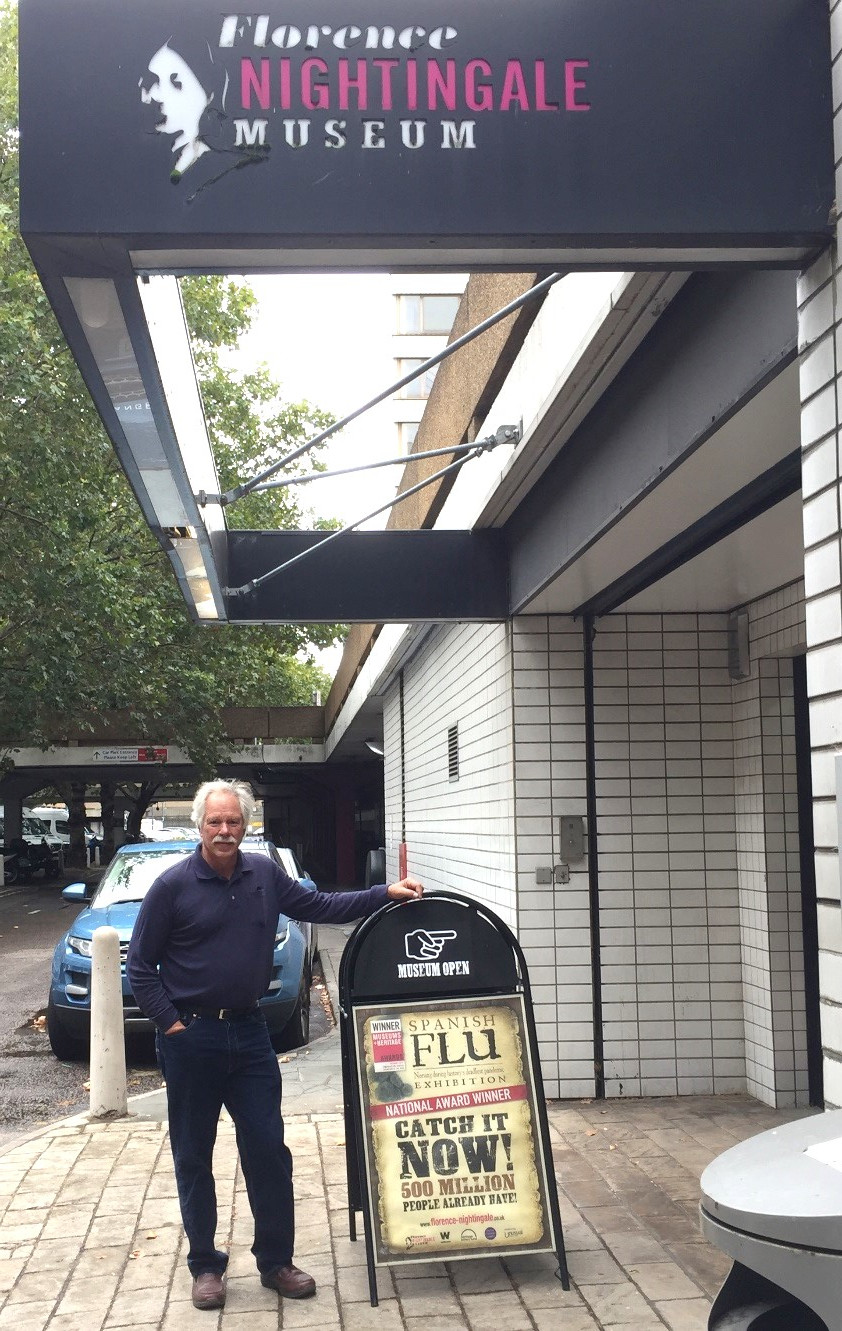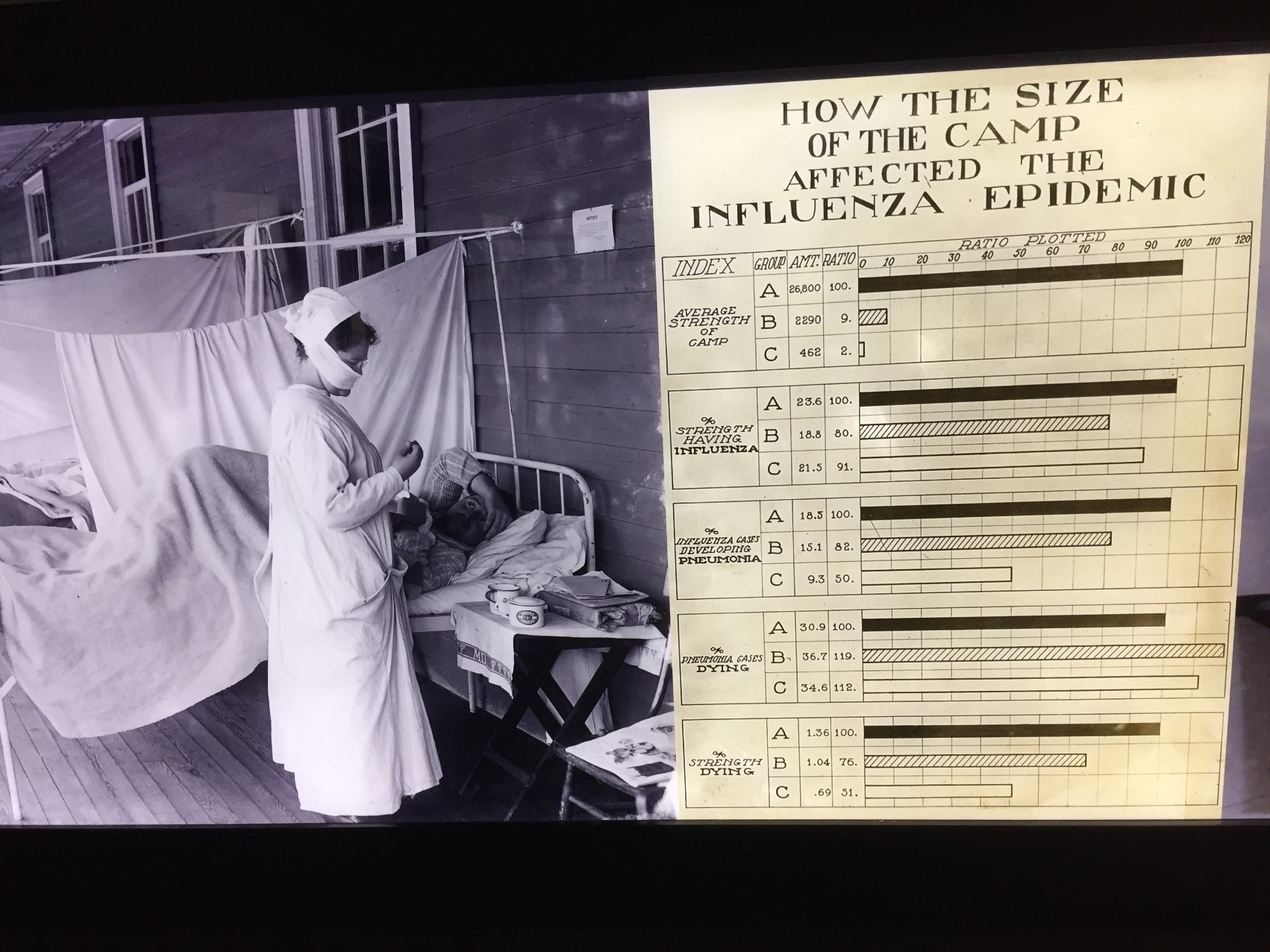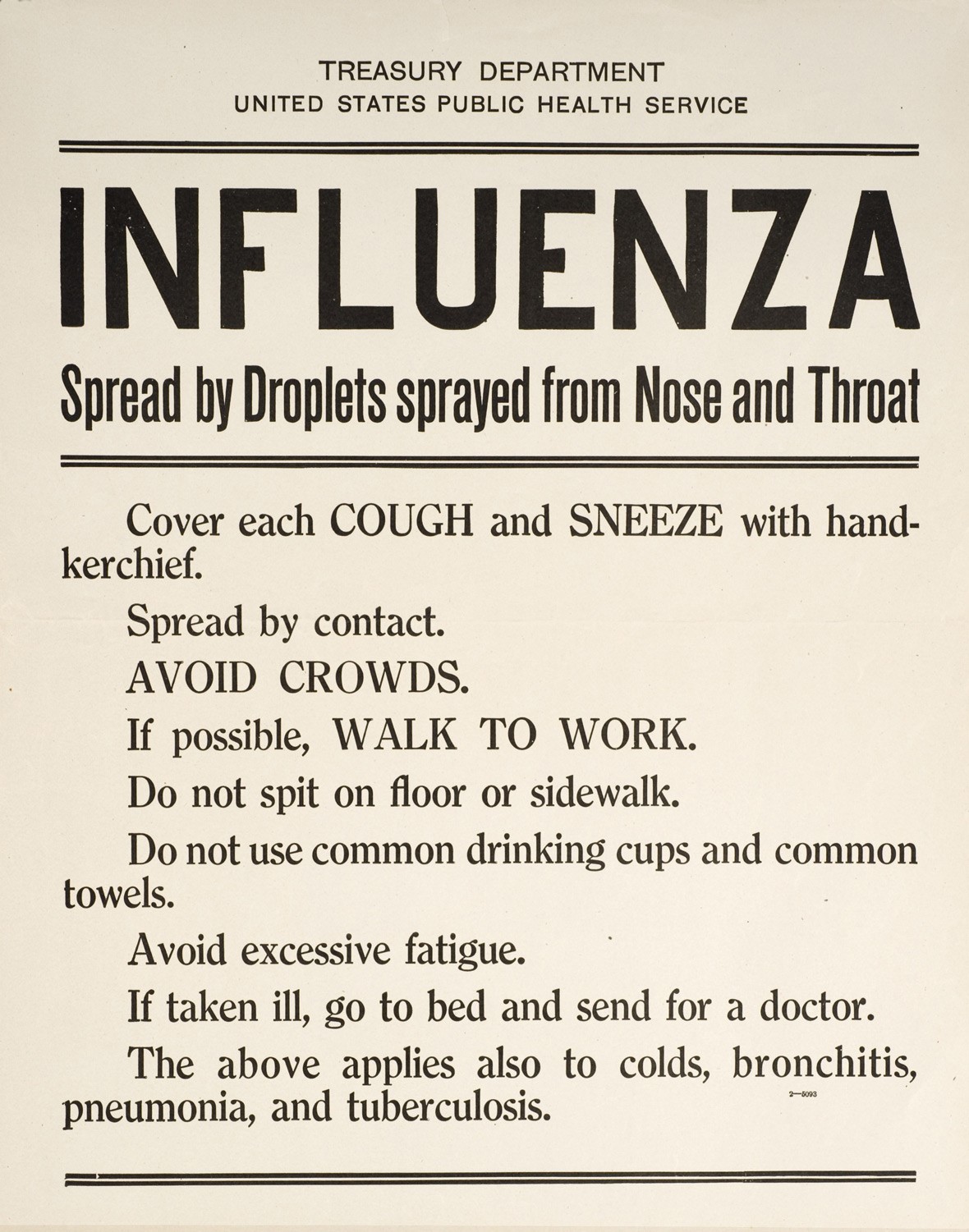Article by Ty Newell, PhD, PE, ASHRAE Member
The importance of ASHRAE, an engineering society dedicated to our health, comfort and productivity in the built environment, cannot be overstated. ASHRAE’s design standards, research, and educational programs have resulted in elevating quality of life throughout the world from refrigeration for food preservation, comfort conditioning of buildings, and many other behind-the-scenes contributions to daily living. I am a long time ASHRAE member, and I am proud to be a part of the organization.
ASHRAE’s ventilation standards for “acceptable ventilation” (62.1 for commercial and 62.2 for residential) are horribly inadequate and are a major cause of the indoor spread of COVID-19. The occurrence of today’s fourth major wave of SARS-CoV-2 infections in the US is no accident. The first major wave of infection cases occurred in northern states in the spring of 2020 when people were largely indoors for the remaining cold weather. The second infection wave occurred in the summer of 2020 in southern states as warm weather drove people indoors for air-conditioned comfort. The third infection wave occurred in the winter as people again moved indoors for comfort, coupled with letting their guard down as holiday travel further increased indoor human interactions.
 Little did I know when I visited London’s Florence Nightingale Museum’s special exhibition on the 1918 “Spanish Flu” pandemic in October 2019, that the SARS-CoV-2 virus was beginning its deadly spread.
Little did I know when I visited London’s Florence Nightingale Museum’s special exhibition on the 1918 “Spanish Flu” pandemic in October 2019, that the SARS-CoV-2 virus was beginning its deadly spread.And now, a fourth infection wave is spreading, again timed with warm weather driving people indoors. Additional factors such as increasingly aggressive SARS-CoV-2 variants, resistance to face mask usage, and vaccinations are important, but they do not mask the basic facts: people spread the infection indoors because of poor indoor ventilation practices.
ASHRAE has produced hundreds of pages of “vagueness” regarding COVID-19, as described by one of my IAQ colleagues. Coupled with the confusion and vacillation of CDC “guidance” (New York Times Opinion, “The CDC Needs to Stop Confusing the Public”, August 4, 2021), ASHRAE’s mountain high pile of guidance appears to be one of avoiding blame and unending internal debate. Although the linked “debate” is from 2014, the current position of one of ASHRAE’s major “influencers” continues to call for a reduction of today’s inadequate ventilation levels!
ASHRAE’s influence is transmitted to many other organizations, including EPA, PHIUS, PHI, and USGBC, who are then infected with ASHRAE’s substandard standards. Poor ventilation practices are further propagated by architects, engineers, facility operators, building inspectors and many others who rely on these standards. Even though ASHRAE states that its ventilation standards are meant to be minimum acceptable, other organizations assume these standards produce a healthy indoor environment.
USGBC, for example, bases residential ventilation on the ASHRAE’s 62.2-2010 standards, which are significantly worse than today’s 62.2-2019 (62.2 standards are updated every 3 years). PHIUS has now aligned its ventilation standards with EPA’s Indoor airPLUS program. EPA’s Indoor airPLUS program bases its ventilation standard on ASHRAE 62.2-2010 (a new Version 2, scheduled for September 2021 release, is based on 62.2-2013 or later). EPA is careful, as is ASHRAE, to not state that their program results in a healthy indoor environment, but instead states that it leads to “improved indoor air quality”. Builders who build to EPA’s Indoor airPLUS program frequently use their certification to market their homes as “healthy” (see EPA links to several Indoor airPLUS builders).
Build Equinox has been promoting healthy indoor air and indoor air metrics for years. What is good for our health, well-being and productivity is also good for suppressing COVID-19. I know I am sounding like a broken record with my presentation at this year’s “zoomed” 2021 NESEA conference, “Today’s Ventilation is Unacceptable”, but the stakes are high as our family and friends are increasingly being struck down by the pandemic’s persistence. We must convert our homes, schools, businesses, transportation systems, and gathering places into disease inhibitors instead of disease incubators.
 This picture from the 1918 Influenza Pandemic demonstrates the importance of tracking a disease. Crowded conditions infected a higher percentage of people, resulted in a higher percentage of infected cases to develop pneumonia, and had a larger percentage of death.
This picture from the 1918 Influenza Pandemic demonstrates the importance of tracking a disease. Crowded conditions infected a higher percentage of people, resulted in a higher percentage of infected cases to develop pneumonia, and had a larger percentage of death. An article describing the 1918 Influenza pandemic from the University of Illinois archives “1918: The Year Without a Homecoming” is reminiscent of today’s pandemic. Multiple infection waves swept across the US. The first wave in the US occurred in the spring with relatively mild symptoms and moderate transmission rates. The second wave struck with a more deadly, more transmissive strain of the virus. Unlike today, buildings in 1918 did not have air conditioning during warm months. Windows were opened wide and outdoor living (eg, “sleeping porches”) suppressed the virus. Today, we are seeing both cold weather and warm weather disease transmission spikes as we shut ourselves indoors with poor ventilation twice per year, and with each infection cycle, we are giving the virus additional chances to evolve.
I’ll finish with specific IAQ/COVID guidelines published by Build Equinox over a year ago. They are the same as we’ve been promoting for years because they improve our health, well-being, productivity, and the bottom line:
1) Increase fresh air ventilation to a level that maintains an indoor carbon dioxide concentration of 800ppm or lower
• This ventilation standard is a human-based standard rather than ASHRAE’s “building-centric” standards
• Our recommended ventilation level roughly doubles today’s ventilation standards from 20cfm per person to 40cfm per person for sedentary (office work activity) metabolism
• This standard automatically accounts for metabolism variations such as in gyms, exercise centers, and yoga studios
• The cost to double today’s ventilation without energy recovery with 22F outdoor and 72F indoor temperatures is 1 ½ cents per hour per person! Aren’t you worth 1 ½ cents per hour?
• The cost to monitor carbon dioxide is $100 to $200 per sensor, and dropping
• Energy recovery is important and is economically justified on its own basis
2) Recirculate air through a MERV 13 or higher filter at a rate similar to the fresh air ventilation rate (about 40 cfm per person)
• Pressure drop across MERV 8 (typical of ventilation filters) and MERV 13 filters depend more on filter quality (filter materials, pleating) than MERV rating
• A dirty MERV 8 filter increases in pressure drop above that of clean MERV 13 filters
• Cost differences between the filters is much less than 1 cent per hour per person of operation….again, aren’t you worth another penny per hour?
3) Consider installing UVGI (ultraviolet germicidal irradiation)
• UVGI is a well-proven (since the 1930’s) method for inactivating airborne contagions
• UVGI provides an additional level of protection to fresh air ventilation and enhanced air filtration
• Cost of electricity and annual bulb replacement are also less than a penny per hour per person
Additional background information and reference materials:
1) Background information on SARS-CoV-2 and airborne disease transmission, including face mask, vaccination, and herd immunity information.
2) “Covid Safe Space” calculator; a simple spreadsheet tool for determining impact of ventilation, air filtration, and air sanitation on Covid-19 transmission. Also included are spreadsheets that determine ventilation impacts on occupant air quality dissatisfaction, sick days, productivity, and utility costs
3) MedRxiv paper linking Covid transmission with outdoor temperatures; as outdoor temperatures decrease below 50F and above 70F, people move indoors for comfort, resulting in increased disease spread
4) MedRxiv paper discussing prediction of Covid-19, and how human interactions impact its spread
5) Harvard paper reporting 40% decreased sick days by increasing fresh air ventilation from 20cfm per person to 40cfm per person
6) Danish Technical University paper demonstrating importance of fresh air for sleep
7) Harvard paper demonstrating importance of fresh air on brain function and cognition
8) Harvard paper estimating cost of doubling today’s fresh air ventilation rate and the value of increased human productivity (spoiler alert: humans are worth much, much more than energy!)
























